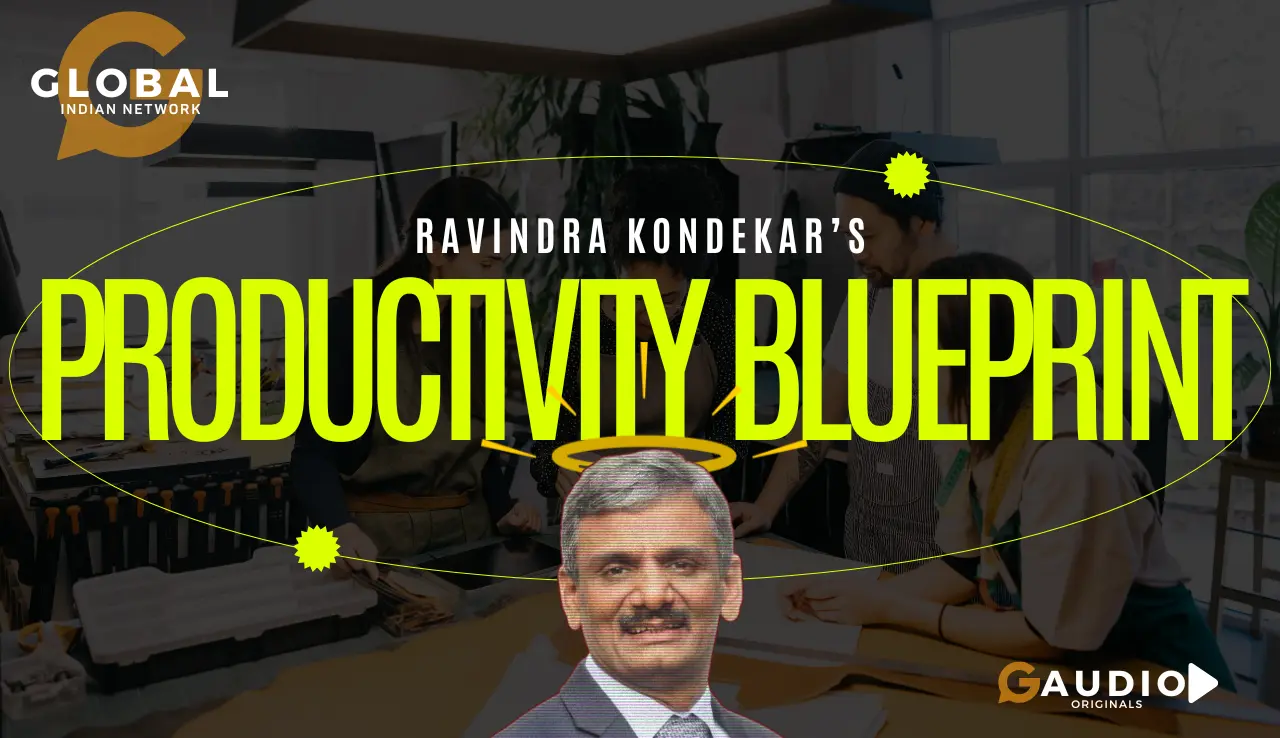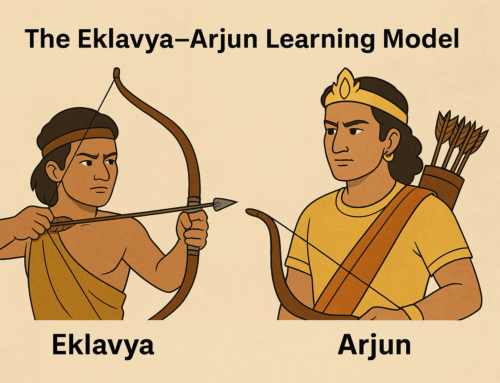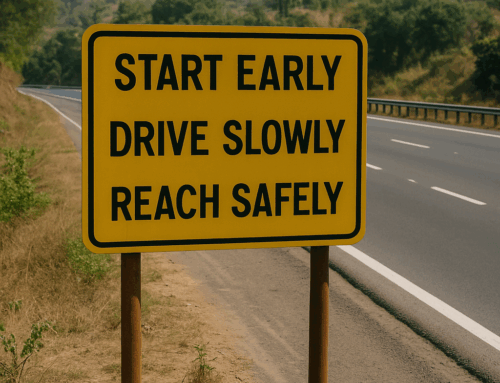The conversation around work-life balance vs. extreme work hours has resurfaced, fueled by recent remarks from business leaders.
Larsen & Toubro Chairman SN Subrahmanyan suggested a 90-hour workweek, questioning, “How long can you stare at your wife?” and even advocating for working on Sundays. Meanwhile, Infosys co-founder Narayana Murthy urged young professionals to commit to 70-hour workweeks, emphasizing that hard work is essential for national productivity.
These comments have divided opinions. While some agree that relentless effort is key to success, many employees have pushed back, raising concerns about mental health, family life, and the long-term sustainability of such demands.
Now that the initial uproar has settled, it’s time to move past rhetoric and focus on solutions. Instead of debating how many hours we should work, the real question is: How can we work smarter?
The Real Challenge: Nature of the Knowledge Work
In knowledge work, precise estimation is almost impossible. Workflows lack clear boundaries, making it difficult to predict how long tasks will take. The result? Unrealistic deadlines, constant pressure to “make up time,” and an endless cycle of overwork just to stay afloat. This struggle hurts both management and employees—organizations face inefficiencies, while employees experience stress and burnout.
The problem isn’t just the number of hours worked—it’s how effectively those hours are used. Hard work alone isn’t enough. If the effort is not aligned with the result, even putting in 90 hours a week won’t guarantee success.
Challenges like these are multidimensional, and the conditions vary from one situation to another. However, if we focus on a strong high-level framework, the finer details will naturally fall into place. The high-level framework is what I will talk about in this post.
A Two-Point Solution for Sustainable Productivity
1️⃣ Organizations Must Truly Adopt Agile (Not Just Follow the Motions).
In knowledge work, where uncertainty in scope and definition is inevitable, Agile was designed to embrace change rather than resist it. Agile has been around for over two decades. Originally developed for software organizations, it has since expanded into various fields of knowledge work, from product development to marketing and beyond.
When applied correctly, Agile enables organizations to:
✔ Break work into small, time-bound chunks – Managing tasks in focused sprints instead of sprawling, overwhelming projects. This approach allows teams to show early results to clients, ensuring that their requirements are well understood—or even helping clients refine their own understanding of what they truly need.
✔ Incorporate continuous client feedback – Keeping efforts aligned with evolving needs is critical to avoiding wasted resources and building client trust. Agile fosters a collaborative environment where feedback loops prevent costly misalignment and ensure that what gets delivered is exactly what’s needed.
✔ Adapt through course correction – As the Agile principle says, fail fast, learn faster. Agile frameworks provide daily opportunities to identify and resolve small failures before they escalate into big ones. This minimizes risk and ensures consistent progress toward meaningful outcomes.
Agile, when done right, isn’t about working more—it’s about working smarter. It prevents wasted effort, reduces stress, and keeps teams focused on meaningful progress.
Most companies claim to be Agile, but are they truly embracing its principles or just following a checklist?
2️⃣ At an Individual Level, a Personal Productivity System Is the Key to Success.
As professionals advance, they take on more responsibilities, more projects, and more expectations. Initially, it’s exhilarating—every new project, every promotion, every challenge brings a high. But soon, the sheer volume of work becomes overwhelming.
I’ve been there myself. At peak of my career, I took on more and more work, enjoying the challenge—until I started dropping commitments and frustrating my superiors. I wasn’t slacking; I was just making poor decisions about what to prioritize.
Most professionals operate on gut instinct, deciding what’s important at the moment. But this approach fails especially at higher levels. Unlike junior roles, where supervisors nudge you, senior professionals must self-manage their workload. Without a system, it becomes chaotic. If a senior professional works in chaos, that chaos trickles down to the entire team—leading to unclear priorities, misaligned efforts, and wasted productivity. Without structure at the top, confusion spreads, making it harder for everyone to stay focused and efficient.
The solution? A structured personal productivity system. Here is the essence of what we mean by a structured productivity system
✅ Track commitments systematically – Maintain an inventory of tasks instead of relying on memory. Your to-do list is your foundation. But this is easier said than done—it requires a mindset shift. You need to be aware of both your explicit and implicit commitments and capture them in your task inventory continuously.
✅ Obtain clarity – Many people confuse goals with tasks. We don’t do goals—we do tasks that lead to them. Always break down goals into actionable tasks. Use mind maps or similar tools to refine your task inventory and create a clear, structured plan.
✅ Prioritize flexibly for maximum efficiency and effectiveness – Productivity isn’t about checking off tasks—it’s about working on the right tasks at the right time. Don’t just focus on what’s urgent or important—ask yourself: “Given this time slot, what will give me the biggest bang for the buck?” A structured inventory of tasks helps you make better, faster decisions and utilize every available time slot—big or small—efficiently.
It’s not about working harder—it’s about working with clarity.
The Bigger Picture: Both Sides Need Balance
In fast-moving business environments, where management pressures employees to do more and employees push themselves to grow, this structured flexibility of work management is crucial. Without it, both sides burn out chasing impossible expectations.
The Bottom Line: Work Smarter, Not Just Harder
🔹 Organizations must rethink Agile as a mindset, not just a methodology.
🔹 Individuals must shift from reactive work habits to structured personal productivity systems.
Sustainable success isn’t about how many hours you work—it’s about making every hour count.
I had opportunity to discuss this concept on a podcast with Rajan Nazran of Global Indian Network. You can listen to the full conversation, along with many more insights and related ideas, here.
Subscribe to my newsletter, to get tips like this and more, directly in your inbox!






